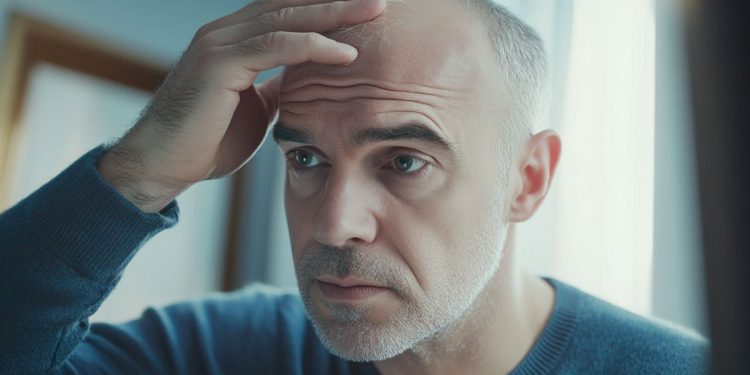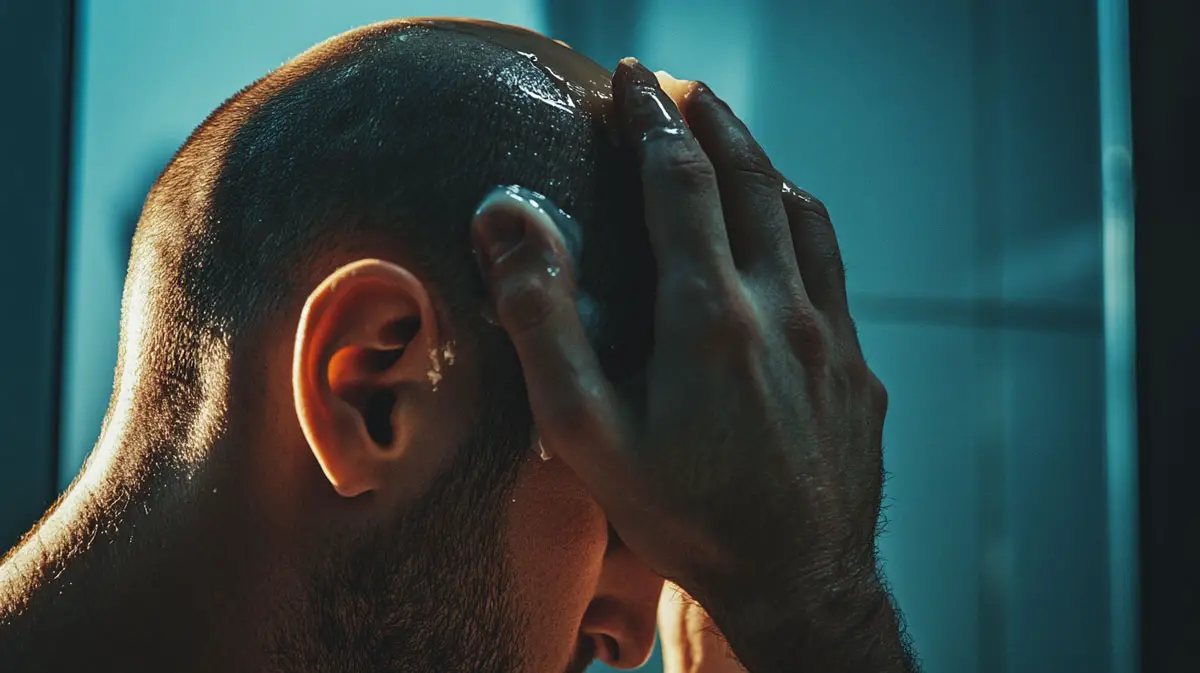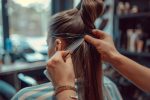7 Baldness Treatments That Actually Work

Hair loss is a common problem for people across the globe. In fact, an estimated 85 percent of men and 50 percent of women experience some level of hair loss by the age of 50. This issue is more severe and noticeable for some people than others, but it leaves quite a few looking for treatments that actually work to stop, or at least slow, hair loss and potentially reverse it. Though there are numerous treatments out there, many of which come with false claims, a few are truly effective.
1) Hair Transplants
Experiments with hair transplantation date back to the 1930s with actual procedures gaining ground about 20 years later. Today, they’re fairly common with hundreds of thousands of procedures being performed each year worldwide. Hair transplants entail taking healthy hair from a donor area, such as the back of the scalp, and transferring it to an area where it’s needed. For those who undergo a local hair transplant in Leeds, up to 95 percent of transplanted follicles thrive successfully.
2) Cold Laser Therapy
Cold laser therapy is another option, and it has a success rate of about 80 percent. As is the case with hair transplants, this procedure is suitable for both men and women. It involves using low-intensity lasers or red LEDs to stimulate follicle growth. It also improves circulation in the scalp, which delivers oxygen and nutrients to growing follicles and helps keep them healthy.
3) PRP Therapy
In PRP therapy, physicians take a patient’s blood and separate it into its various components via a centrifuge. From there, the platelets are collected, mixed with plasma, and injected into the patient’s scalp. That, in turn, encourages tissue regeneration and allows the scalp to begin growing healthy hair again. After a few platelet-rich plasma treatments, many patients see improved hair growth and density.
4) Natural Supplements
For some people, certain natural supplements can help with hair growth. Hair loss and poor regrowth are sometimes caused by nutritional deficiencies. Replacing the nutrients may resolve those issues. Alternatively, natural supplements may be used in tandem with other treatments for even more effective results. Some of the nutrients most commonly associated with improved hair growth are iron; zinc; vitamins A, D, and B7; and omega-3 fatty acids.
5) Finasteride
Finasteride is a prescription medication that can combat baldness. It’s designed to reduce the body’s production of DHT, a hormone that’s known to cause hair loss. While it can be used by both men and women, it has a higher success rate for the former.
6) Minoxidil
Minoxidil is also a medication that’s commonly used for hair loss. It’s available over the counter. In contrast to Finasteride, which is a pill, Minoxidil is a topical treatment that can slow hair loss and improve growth. It has a lower success rate than other treatments, but it’s a starting point for many people who want to try topicals before turning to more in-depth treatments.
7) Radiofrequency Microneedling
Radiofrequency microneedling is a relatively new procedure. It entails using needles to create tiny punctures in the scalp. Then, radiofrequency energy is sent through those punctures where it penetrates deep into the skin. This procedure can promote hair growth by improving circulation, prompting the skin to heal itself, and increasing collagen production.
Successfully Reversing Baldness
Countless treatments for hair loss have been developed over time. Many of them are ineffective, but those listed here offer far more than false hope. Each one uses a different technique to slow or stop hair loss and promote healthy regrowth. Though not all of them are recommended for everyone, they give people who are experiencing hair loss an array of treatment options.










